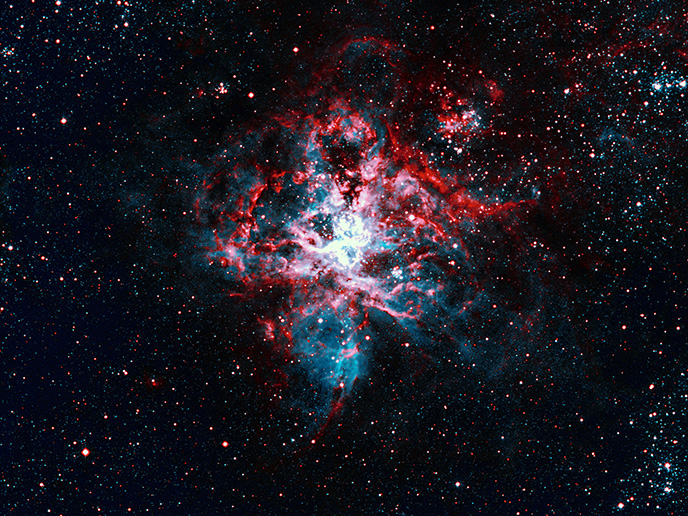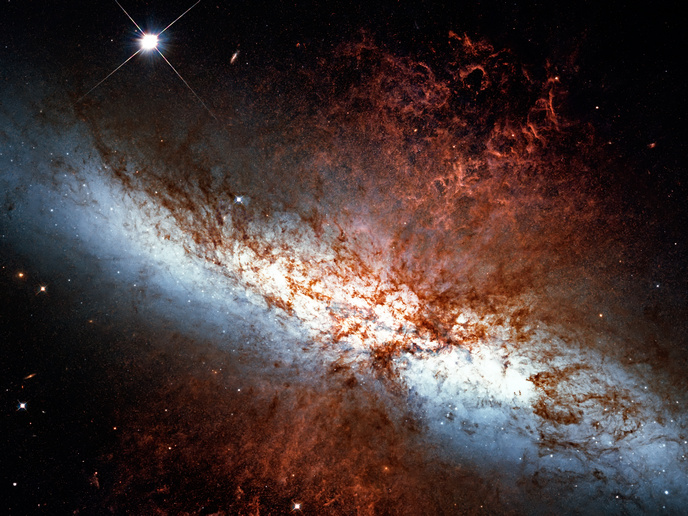The TeV Milky Way
H.E.S.S. located in the Khomas Highlands of Namibia, is an array of four imaging atmospheric Cherenkov telescopes designed to detect gamma rays of energies up to several teraelectronvolts (TeVs). It is ideal for surveying the Milky Way in search of new sources of very-high-energy gamma rays. The H.E.S.S. Galactic Place Survey (HGPS) began in 2004 and observations to date have resulted in the discovery of numerous gamma-ray emitters. EU-funded scientists of the PRECISIONGAMMA (Probing cosmic accelerators through atmospheric calibration and precision very-high-energy gamma-ray spectroscopy) project significantly contributed towards the extensive data analysis required for source detection and characterisation. During the project, they compiled a catalogue of 79 gamma-ray sources. Extracted from a dataset of the inner galaxy with unprecedented resolution, it includes 16 new discoveries. The team contributed to improving the sensitivity of H.E.S.S. with the development of advanced methods for discriminating gamma ray-induced showers from the dominant background. Thanks to a search for plausible counterparts, the majority of sources were associated with an astronomical object that could produce gamma rays. Another major achievement of PRECISIONGAMMA was the integration of a monitoring light detection and ranging (LIDAR) system into the H.E.S.S. array. This addition will allow the calibration of the telescope data using Monte Carlo simulations of atmospheric air showers based on measured atmospheric parameters. The LIDAR system installed on the site of H.E.S.S. helped scientists quantify the absorption of Cherenkov light caused by Mie scattering of aerosols and refine flux and energy spectra of gamma-ray sources. When searching for source variability, the detection of changes in Cherenkov light extinction proved to be of crucial importance. Scientists' work has been been reported in several high-impact peer-reviewed journals.







